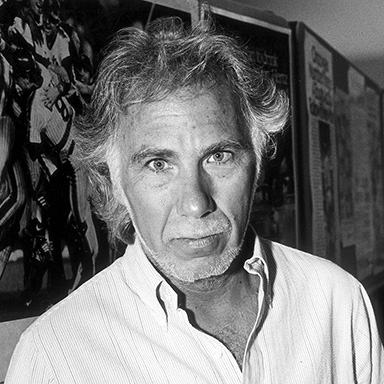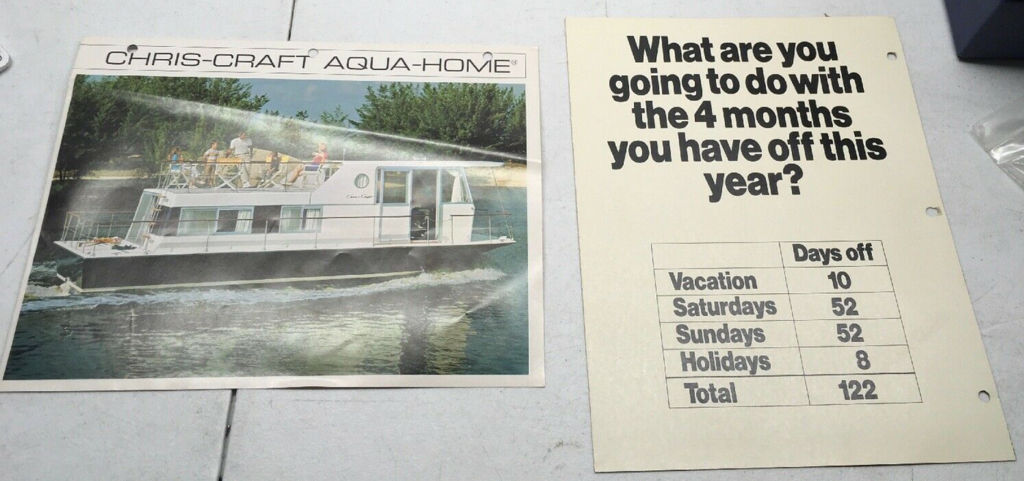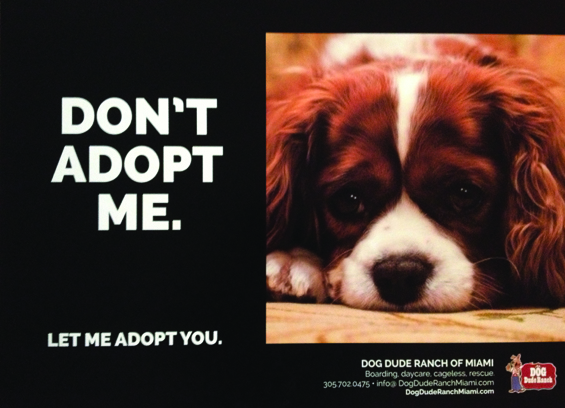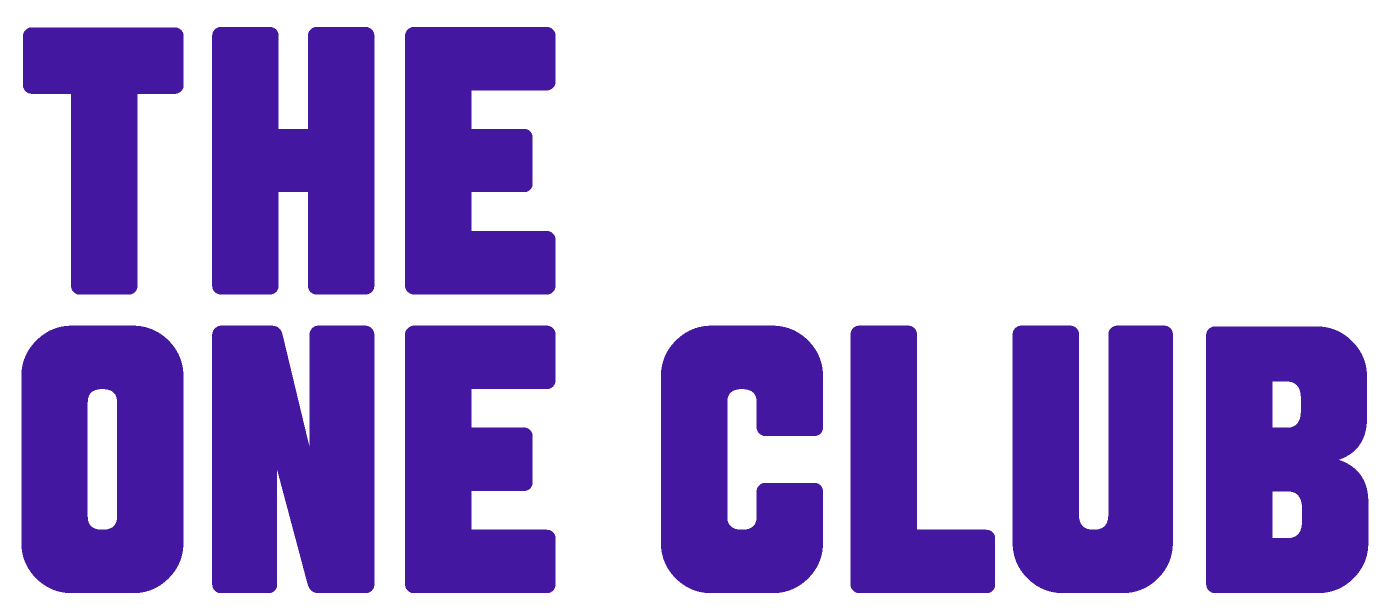Mike Tesch
2004 Creative Hall of Fame Inductee
Advertising, Design, Illustration
Mike Tesch is a bold art director known for his use of primary colors and a primitive style. He excelled in both print and television advertising, creating impactful campaigns for clients like Pan Am and Federal Express. His innovative approach and mastery of both mediums set him apart in the industry.

Career
Mike Tesch squeezes only primary colors out of paint tubes. He never
mixes complimentary pigments. His palette includes no tints or shades,
no subtle hues or grey values. Armed with Magic Markers to render a
layout or storyboard in his primitive style, his color spectrum is RGB with
few additions. Nothing to dilute impact.
For purposes of clarity, Grandma Moses is a delicate primitive; Mike Tesch
is a fiery primordial.
His flat bold technique, without the need for florid detail, was all that was
necessary to capture the essence of his ideas. Nuances and refinements of
his work were reserved for in-person explanations. An efficient use of time.
His personal signature would dwarf John Hancock’s. It requires a spread.
These are just a few small observations among many I’ve come to make about a man with whom I have
worked longer than any other.

Tesch emerged from a graphic design discipline. Early in his career he was employed by two giants
in the field: Chermayeff & Geismar, but soon became eager to move into advertising. He took
a job with a boutique agency, Fladell, Winston & Pennette, and a short time later, in 1966,
joined our four-year old agency as an art director, where he felt an affinity with our dogged
determination to change advertising.
I watched him grow into a confident print art director, working first on Hertz under the careful
tutelage of one of our group heads-also an inductee into the Creative Hall of Fame-the brilliant
Ralph Ammirati. Soon afterward, he plunged headlong into a nervous transition to television with
his first commercial for Northeast airlines.
In time, Mike became omnipotent. He conquered the art of this demanding medium of television as
convincingly as the medium of print. No small accomplishment. Because, at the highest standards
of both, few art directors gained equal mastery. Art directors who moved easily between print
and television with superb skills, range of emotion and understanding, and depth of message
are few in the history of advertising. Men and women who became giants in the business more
often than not dominated only one media.
Except for one pioneering art director who was the first to freely traverse print and television
with equally remarkable wit and style, intelligence and humanity, and set a standard so high that
very few among the legendary art directors during his time-and those that followed-could
match. That man whom Phyllis Robinson, his long-time creative partner, so eloquently praised at
his induction into the Creative Hall of Fame 20 years ago, was Bob Gage.

I would include Mike Tesch among that rare group of art directors.
A campaign he created for Pan Am with the gifted writer, Tom Messner, helped the airline achieve
$119 million in profits by 1978. In marked contrast, advertising created by Pan Am’s previous
agency, helped record much red ink. Of lesser importance to the business community, but of
greater value to advertising, the campaign established a paradigm for airline advertising anchored
by a theme line that read: “Every American has two heritages. Pan Am would like to help you
discover the other one.” The work ran the year before Alex Haley’s breakthrough mini-series,
Roots, appeared on network television. Not surprising, Pan Am became an appropriate sponsor.
For a client near Lake Minnietonka, Minnesota, Mike brought to life the farcical excuse of young
boy with a broken toy from a previous Tonka commercial who said: “An elephant stepped on it.”
And so, in a classic demonstration, an elephant did step on a Tonka truck without a ding to the
toy. And another gold medal commercial. For dry subjects like insurance, he brought humor
and irony in persuasive print ads and television commercials for Travelers.
Work he created for Federal Express with his incomparable writer, Patrick Kelly, is legendary.
Together their advertising helped grow the company from a nightly average package delivery
of 30,000 in 1977 to 700,000 in 1986. Among the multiple gold medals won for Federal Express
for both print and television, “Fast talking man” may be the most honored television commercial of
the twentieth century.
My most persistent memory of Mike Tesch is that of a man alone, hunched over a drawing table in
a darkened room, ceiling lights turned off, blinds drawn tightly with no chance for sunlight to peek
through. A small rim of light from a drawing lamp pulled close to his work prevented light from
spilling elsewhere into the office.
All the illumination that was needed came from his fertile mind, which, over the years, helped
make advertising shine.
Amil Gargano
